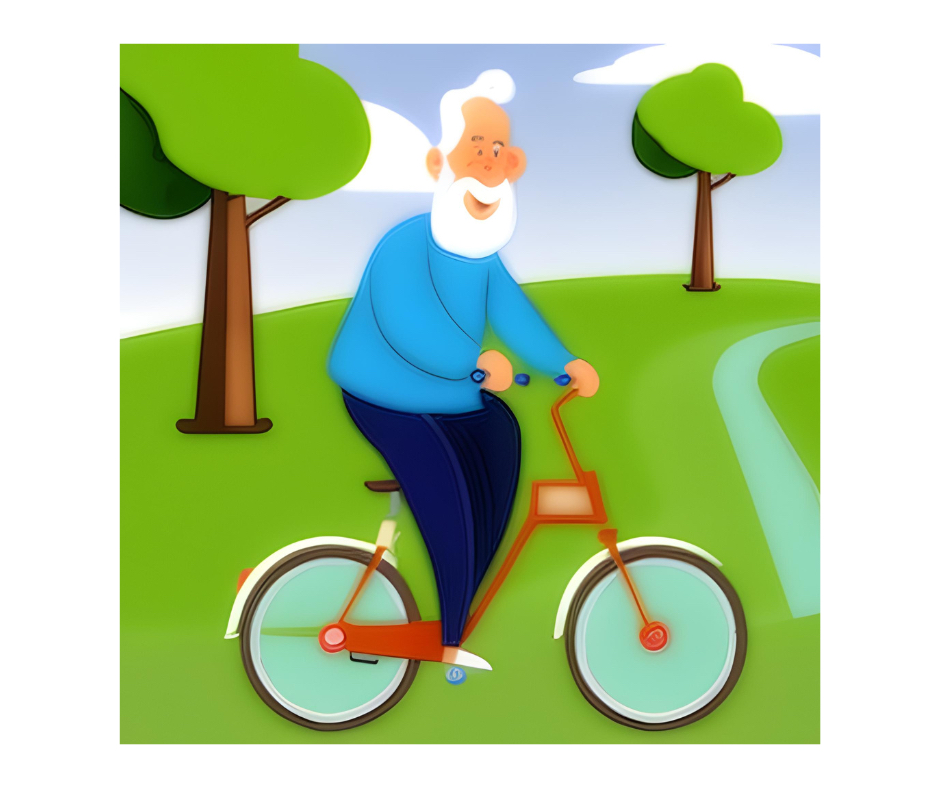
I am very interested in helping older people, especially those who are caregivers to those who have Alzheimer’s disease or related dementias. Two of my books are written specifically on this topic. January is Alzheimer’s Awareness Month here is Canada, and I was pleased to see this statement from the Minister of Health which I felt was important enough to share here (I bolded a section for emphasis!). I found there is a lot of valuable information, plus the good news that we are doing something right! It also includes steps we can take to help reduce our risks.
Way to go Canada!
Angela G. Gentile, MSW, RSW

Message from the Minister of Health – Alzheimer’s Awareness Month
From: Public Health Agency of Canada
January 3, 2024 | Ottawa, ON | Public Health Agency of Canada
January is Alzheimer’s Awareness Month. Almost half a million people in Canada live with dementia, impacting not only themselves, but their loved ones and caregivers as well.
While the risk of dementia increases with age, it is not an inevitable part of aging. In fact, the rate of newly diagnosed cases in Canadians aged 65 and over has been dropping for the last several years.
This is why the Government of Canada has been investing in the implementation of Canada’s national dementia strategy – A Dementia Strategy for Canada: Together We Aspire. It focuses on the areas of research, surveillance, awareness initiatives (including a national public education campaign), community-based projects and guidance.
Implementing the national strategy is a joint effort by a wide range of organizations across Canada, including provincial and territorial governments, academic institutions, non-governmental organizations, and health and social care providers. Over the past five years, the Public Health Agency of Canada (PHAC) has funded more than 70 dementia projects through organizations such as these across the country. A number of these projects were featured in the 2023 Report to Parliament on the national dementia strategy.
Targeted research is needed to better understand cognitive impairment in the aging brain, which is one of the reasons why the Canadian Institutes of Health Research (CIHR) launched the Brain Health and Cognitive Impairment in Aging (BHCIA) Research Initiative in March 2023. This initiative encompasses a number of aspects including the Canadian Consortium on Neurodegeneration in Aging and the Dementia Research and Innovation Funders Alliance (launched in November 2023) and several new funding opportunities.
It has been estimated that 12 risk factors that can often be managed and reduced could explain 40% of cases of dementia globally. This highlights the importance of raising awareness about these factors which include physical inactivity, smoking, obesity and chronic conditions such as hypertension and diabetes.
This January, for Alzheimer’s Awareness Month, I encourage you and your family to visit Dementia: Risk factors and prevention – Canada.ca to learn more about dementia risk reduction. Choose one habit that you can change or improve such as being more physically active, socializing regularly, or having a healthier, more balanced diet. Engaging in these healthy behaviours can help reduce the risk of dementia and delay the onset of symptoms, thereby improving your quality of life as you age.
We can all help improve the quality of life of those living with dementia. For more about how to reduce dementia-related stigma and communicate in a supportive way with people living with dementia, visit Dementia: Tips on how you can help – Canada.ca.
As more of us take these actions, we’ll reduce the impact of dementia on Canadians.
The Honourable Mark Holland
Contacts
Christopher Aoun
Press Secretary
Office of the Honourable Mark Holland
Minister of Health
613-291-4176
Media Relations
Public Health Agency of Canada 613-957-2983
media@hc-sc.gc.ca
Source: https://www.canada.ca/en/public-health/news/2024/01/message-from-the-minister-of-health—alzheimers-awareness-month.html#









